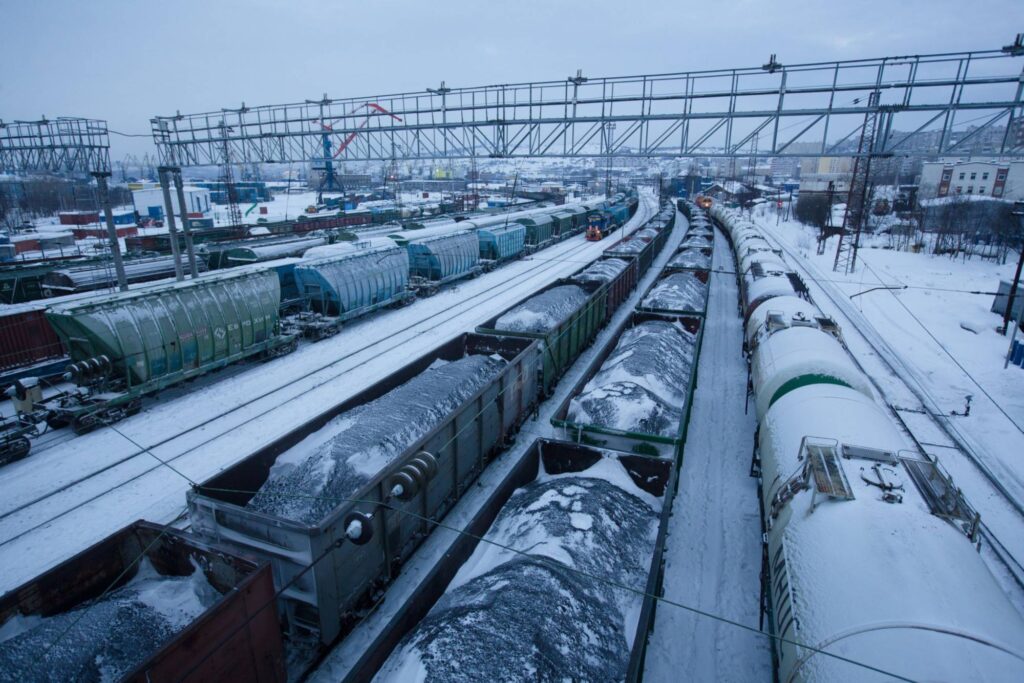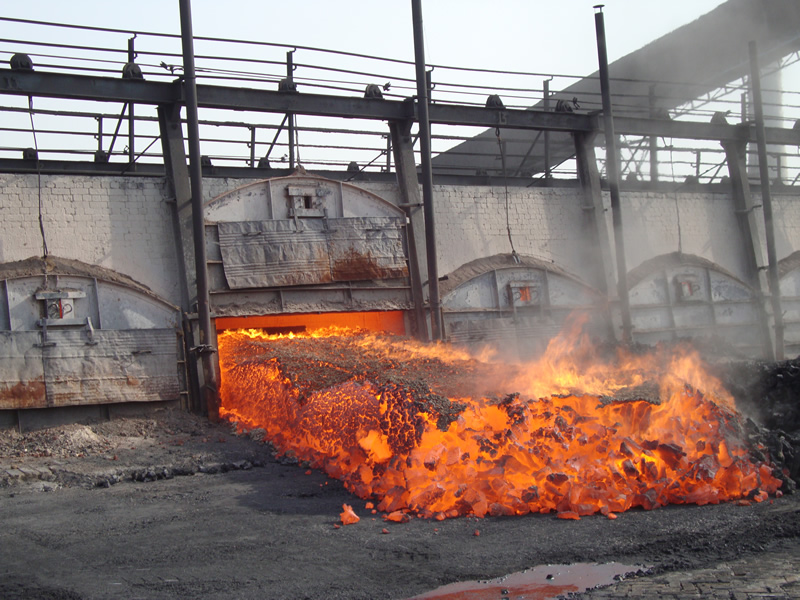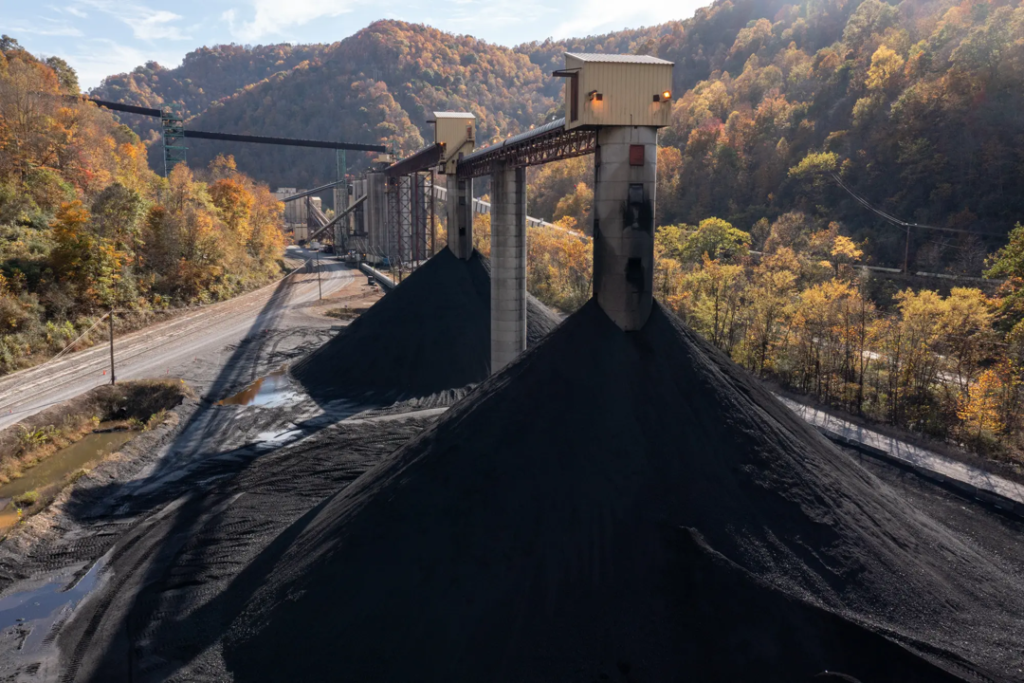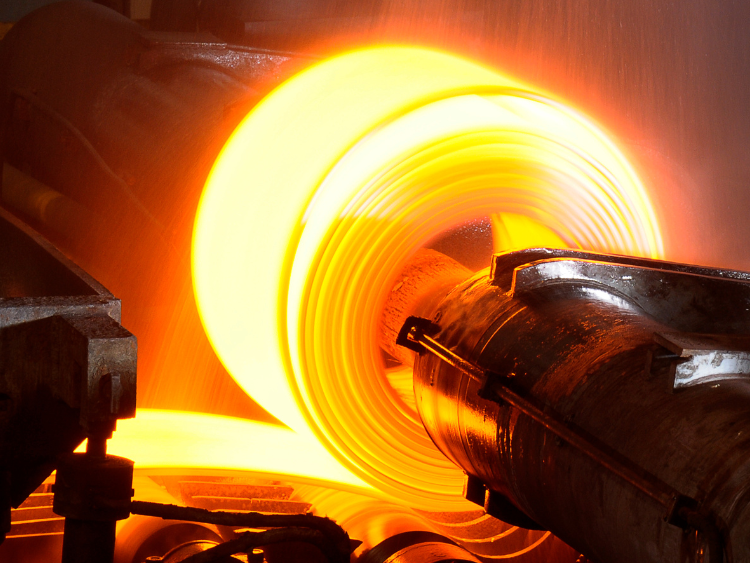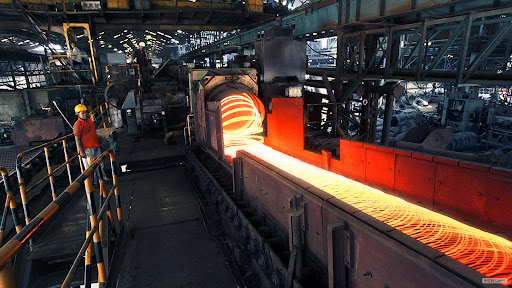The seaborne metallurgical coal market faces a murky path in 2024, with premium hard coking coal prices expected to remain elevated in Q1 amid the rainy season in Australia, but any price spike could be checked by reselling interest from end-users amid weak steel margins.
Tailing the tight supply pressures observed in Q3, the market continues to see end-users struggling to cover their requirements ahead of their peak season demand as prime coal prices continue to soar.
Platts premium low-volatile coking coal benchmark FOB Australia closed at $323.75/mt Dec. 29, 2023. PLV FOBprices dipped 2.8%, or $9.25/mt on the quarter, but were up 9.9% or $29.25/mt on a year basis. Conversely, the PLV CFR China prices were up by 18.6% or $52/mt on the quarter, and up by 5.4% or $17/mt on the year, according to data by S&P Global Commodity Insights.
The PLV FOB prices climbed to an intra-quarter high of $367/mt on Oct. 11, with another price hike observed on Dec. 6, when Cyclone Jasper pushed the index to a high of $335.25/mt.
Longwall moves, planned maintenance and geotechnical faulting are among the reasons cited by miners for their lower output in Q4. Miner BHP also reported a fatal incident at its Saraji mine on Jan. 15, leading to a temporary mining suspension, followed by a phased resumption of operations from Jan. 18.
Supply and demand
The Saraji incident took place amid a supply crunch and shipment delays which mills have observed since Q4. Some end-users were heard entering the spot market following the incident amid concerns over further delays during the rainy season.
Reduced output by certain mills and prolonged coking process at cokeries, coupled with a handful of end-users making the economical switch towards coke procurement, could free up some term contract volumes. Such diversions into the spot market could ease the supply crunch in Q1, sources said.
“We are expecting most of the price strength to occur in Q1, due to the usual weather-related supply concerns and early year optimism regarding more stimulus support in China,” analysts at S&P Global said in a Jan. 26 monthly note. “We see Q1 averaging $303/mt CFR and $327/mt FOB, up from our previous views of $296/mt CFR and $298/mt FOB.”
Trading volumes into China remain limited despite China lifting the unofficial Australian materials ban in early 2023. Only a few Chinese mills were seen procuring Australian prime coal when the arbitrage window temporarily opened in late March/early April, late July/early August and December periods.
Instead of Australian products, Mongolia, Russia, Canada and the US became the top exporters of coking coal into China, according to China customs data.
With Chinese domestic supplies facing deficits amid stringent mine inspections, coupled with duty-imposed taxes on the aforementioned top suppliers and regional FTAs, China could be more inclined to procure duty-free Australian metallurgical coal in 2024, said sources.
The Kremlin’s decision to scrap coal export duties could facilitate Russian exports to China to some extent, but given the lack of premium HCC from Russia, China is to further rely on either domestic or seaborne prime materials, especially so for the high CSR, low-sulfur and low-ash coals to feed its black furnaces, sources said.
Better liquidity hopes
Tight supply and lean spot market trading volumes were evidenced by volatile prices in 2023 as prime coal spot trades during last year were the lowest in the past five years, dropping from more than 33 million mt in 2019 on FOB Australia/CFR China basis to just around 5.6 million mt in 2023, S&P Global data showed.
The thin liquidity and lofty prices have driven some of the end-users to reassess their procurement strategy and allocation between term and spot volume, striving to balance supply security with improved liquidity in 2024.
The potential change of trade flow is also raising hopes of better liquidity, with demand reduced from Europe and instead, shifting towards significant spot buyers such as India and Southeast Asia, which must accommodate their new steelmaking and coke making capacity in 2024, said sources.
Market participants also have high hopes that liquidity can be improved more remarkably later in the year, as major spot player Glencore is slated to complete its acquisition of Teck’s steelmaking coal operations in Canada in Q3.
India’s growing demand
While China is expected to cap its crude steel output, India is seeking to expand steel production. By 2030, Indian mills are expected to elevate their production volumes with their respective expansion plans.
With recent tight Australian supplies pricing up the FOB Australia premiums, India faces greater pressure in balancing out its long-term procurement plans and reliance on Australian products, said sources.
Australian products represented 52% of India’s total imports in 2023, down from 73% two years earlier. Meanwhile, the US and Russian product representation have increased to 13% and 11%, respectively. The fourth largest exporter is Canada, according to Indian customs data, with its dominance in the market expected to grow.
Moreover, with more mills currently exploring their suited blend techniques, Indian mills have also been replacing higher-priced coal with coke for their furnace blends.
As of 2023, China remains the biggest supplier of coke to India. However, Indonesian coke supplies, which stood at 5 million mt in 2023, is to potentially displace China as the top supplier to the region, given its stable and reliable quality, said sources.

